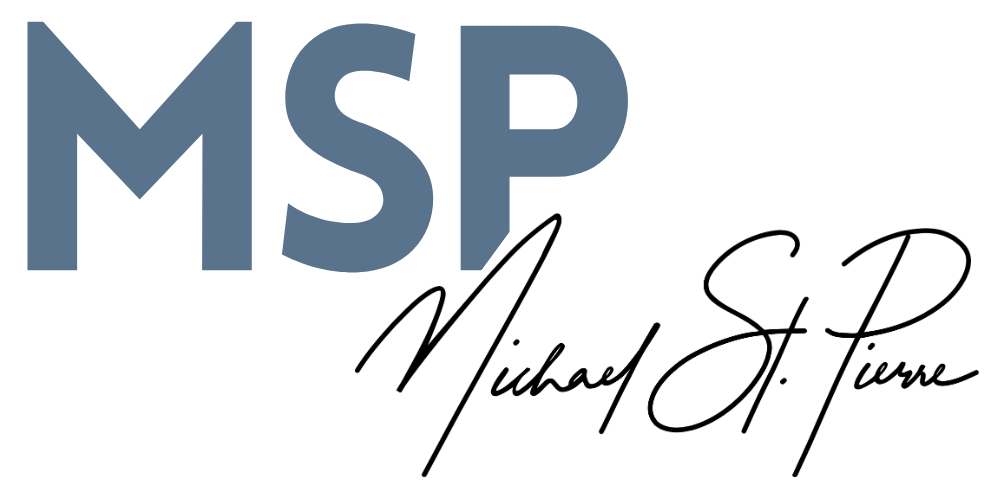In this episode of Praying Well, I talk about the serious need that each of us has for alone time. Call it thinking time, time with God, or interior time- breaking from the everyday pace of life has never been more important.
The Why of Alone Time
Rather than filling all of your time with others or with the noise of technology, each of us needs alone time. Here are just a few of the “why’s” behind alone time:
Because our world is increasingly noisy due to social media and technology
Because solitude is elusive, scary and looked down upon (i.e. it’s not seen as “fun”)
Because Jesus himself took time alone to pray (see Mark 1:35)
The When of Alone Time
If you’re not sure when you can actually get some alone time, try the following:
Early in the morning
During your commute to work
When you are running errands
Late at night
When you are working out
When you are outside in nature
I know, some of you may be saying, “Mike, you don’t understand. My days start early and end late. There is literally no down time!” This is a lie we often tell ourselves. You have 15 minutes that you can carve out for God. I do too.
Is Alone Time Prayer Time?
This is an important question. Just spending time in solitude is not necessarily prayer time. For example, you could be out and about, running errands and listening to sports talk radio all the while. That’s time by yourself but probably wouldn’t constitute true alone time.
Rather, quality alone time with God integrates prayer with time. For example, you need to weed your garden and you say a prayer at the start of it, thanking God for nature and the beauty of the outdoors. Then, while you are working, you are thinking of spiritual things and talking to God. This might be out loud on interiorly. The key is that you’ve “located” your time within God’s providence. It’s His time. You are participating in it. A quiet atmosphere helps. Things don’t have to be totally quiet but less noise is always a good thing.
Following Up
You’ve read this post and you’re already thinking of the busy details of your day. Still, you want to incorporate more alone time in your schedule. What to do? I suggest scheduling your alone time with God right now. Is there a 15 minute block that you can pencil in and just “be” with God? Even a small window of time can be helpful.



